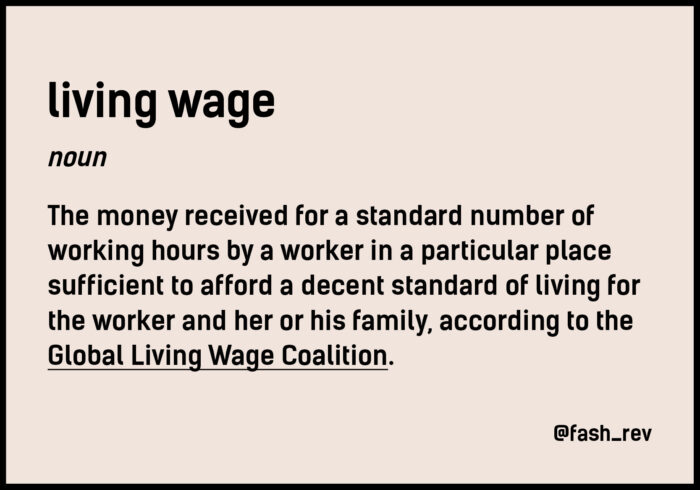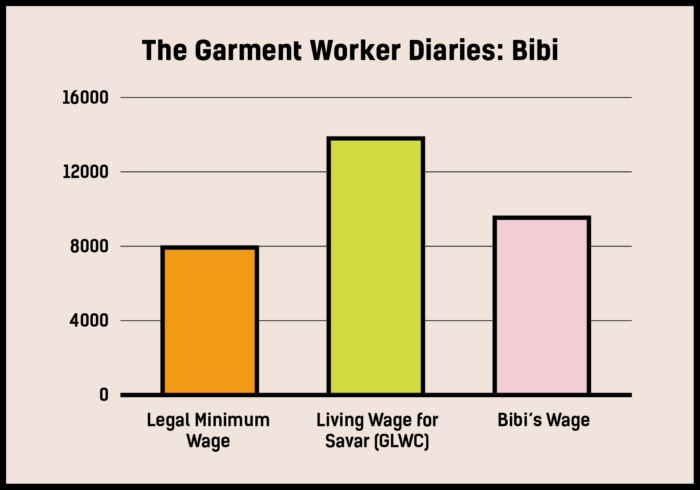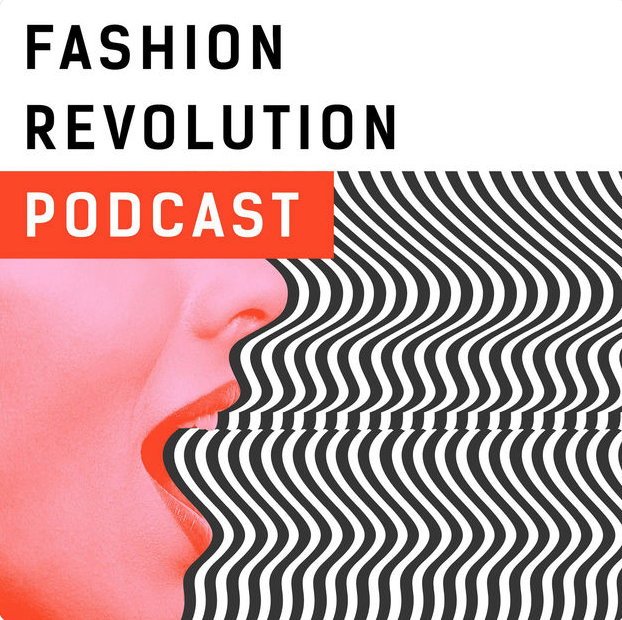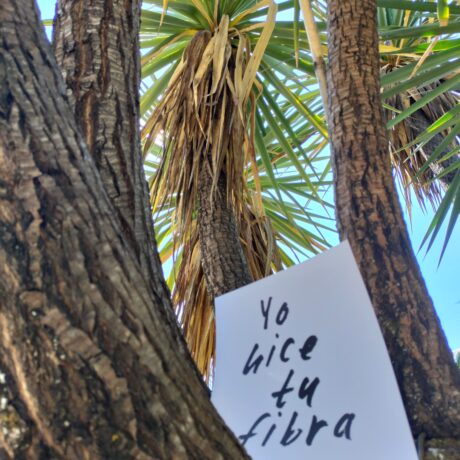What’s Happening with the Garment Worker Diaries?
In 2016, Fashion Revolution embarked on a project with the NGO Microfinance Opportunities to undertake the very first long-term field research on the lives and working conditions of garment workers in Cambodia, India, and Bangladesh. Researchers gathered data from 180 women in each of the countries on a weekly basis for a year. The result was a dataset that paints a picture of wages, working hours, factory conditions, family life, education, expenses, savings, loans, and much more.
If you’re unfamiliar with the Garment Worker Diaries (GWD), it’s worth having a listen to our 3-part podcast series, which we created to highlight the stories and findings. In it, journalist Tamsin Blanchard speaks with experts about what this data means for the people who make our clothes, and how citizens around the world can make a difference.
What’s New?
Since January 2019, Microfinance Opportunities has been collecting data from a new cohort of 1,300 garment workers in four regions of Bangladesh. This week, the project has released data linking the findings of the Garment Worker Diaries to Fashion Revolution’s Fashion Transparency Index, along with the Open Apparel Registry. These links mean that we can break down the data for specific workers and factories that produce for major fashion brands.
Below, we’ll take a look at an example to show how this latest initiative allows consumers to find real data about the people who make their clothes for the brands they buy from. For context, the current minimum wage in Bangladesh is 8,000 Taka per month, which is around £78 GBP (as of 6 Aug 2019). It’s also important to understand the difference between the legal minimum wage, and the living wage:

In Bangladesh, there are a few different estimates of the rate a living wage should be for garment workers. The Asia Floor Wage says that 37,661 Taka per month is a living wage rate in Bangladesh. More conservative estimates from the Global Living Wage Coalition set the living wage rate in Bangladesh between 13,630 Taka and 16,460 Taka per month depending on the region. Keep these figures in mind when you start to explore the data portal. You will see that most workers wages are far below even the lowest living wage rate estimates.
Example: Bibi
On GWD data portal, garment worker information, such as wages, working hours, age and marital status can be filtered by brand. Selecting H&M Group from the list of brands, we find about 180 garment workers dotted across the 5 regions in the sample. Clicking on each one gives details about the worker’s life.
“Bibi is 18 years old and lives in Savar. She is married and lives in a household of 5. She has been employed in the garment sector for 3.0 years and currently works as a machine operator.”
Bibi’s detailed information reveals that she earns an average of 9,486 Taka each month (£92.50 with current exchange rate). While her wage is 18% higher than the legal minimum, Bibi still earns 31% less than the most conservative living wage calculations for her region, Savar.

Bibi earned this money by working, on average, 215 hours per month. In Bangladesh a normal work week is 8 hours a day, 6 days a week for a total of 48 hours per week or 208 hours per month. So Bibi worked about 7 hours of overtime to earn a monthly wage that fell more than 4,000 Taka short of the (conservatively-defined) living wage for Savar.
Bibi’s wages and work hours were fairly comparable with other workers in Savar: the average worker in Savar earned 9,542 Taka per month for working around 216 hours.
***
Guy Stuart, head of Microfinance Opportunities, notes in the project blog, “it was not easy to match the information on the supplier lists provided by the brands to the public lists of factories published by the government of Bangladesh, the Bangladesh Garment Manufacturers and Exporters Association, the Accord, and the Alliance. The supplier lists were rife with inconsistent and incomplete names and addresses of factories, making it difficult for us to be sure that the factory where a worker is employed is the same one as the factory identified on a brand’s supplier list. Nevertheless, we were able to identify 575 workers who worked in 174 factories supplying 60 brands.”
Finally, this phase of the Garment Worker Diaries asks you, the Fashion Revolutionaries and indeed all those who learn about the project, to take action. We encourage you to explore the latest data portal here. You can pay attention to the brands you love, or learn about the holistic conditions of garment work in Bangladesh. As Guy highlighted, it is the brands that don’t disclose factory lists that were unable to be included in this data set. As such, we encourage you to contact not only the ones whose data you view, but also the big brands that don’t appear. Ask them #WhoMadeMyClothes and ask them to publish their supplier lists. Find our email, Twitter, and Instagram tools here.









